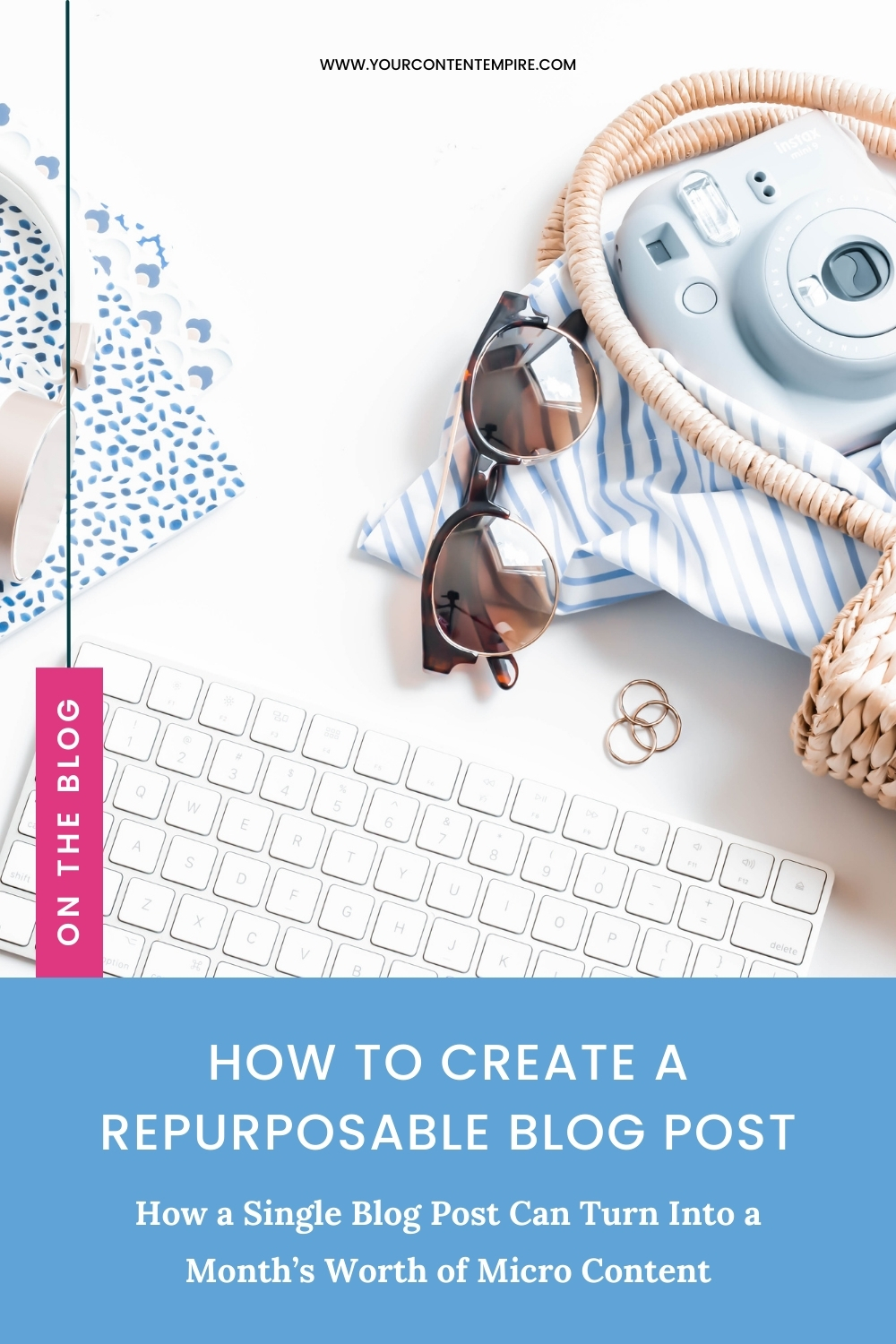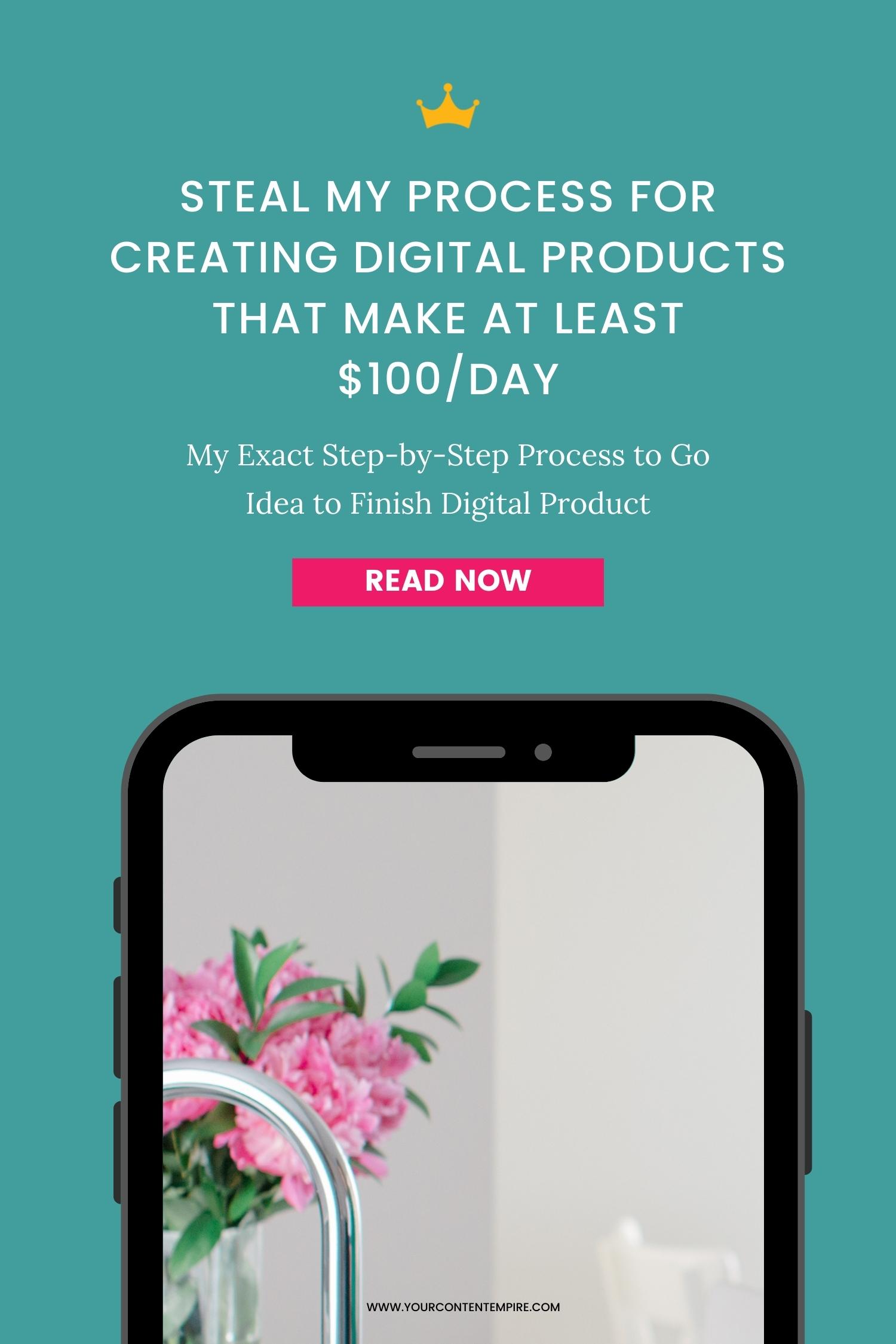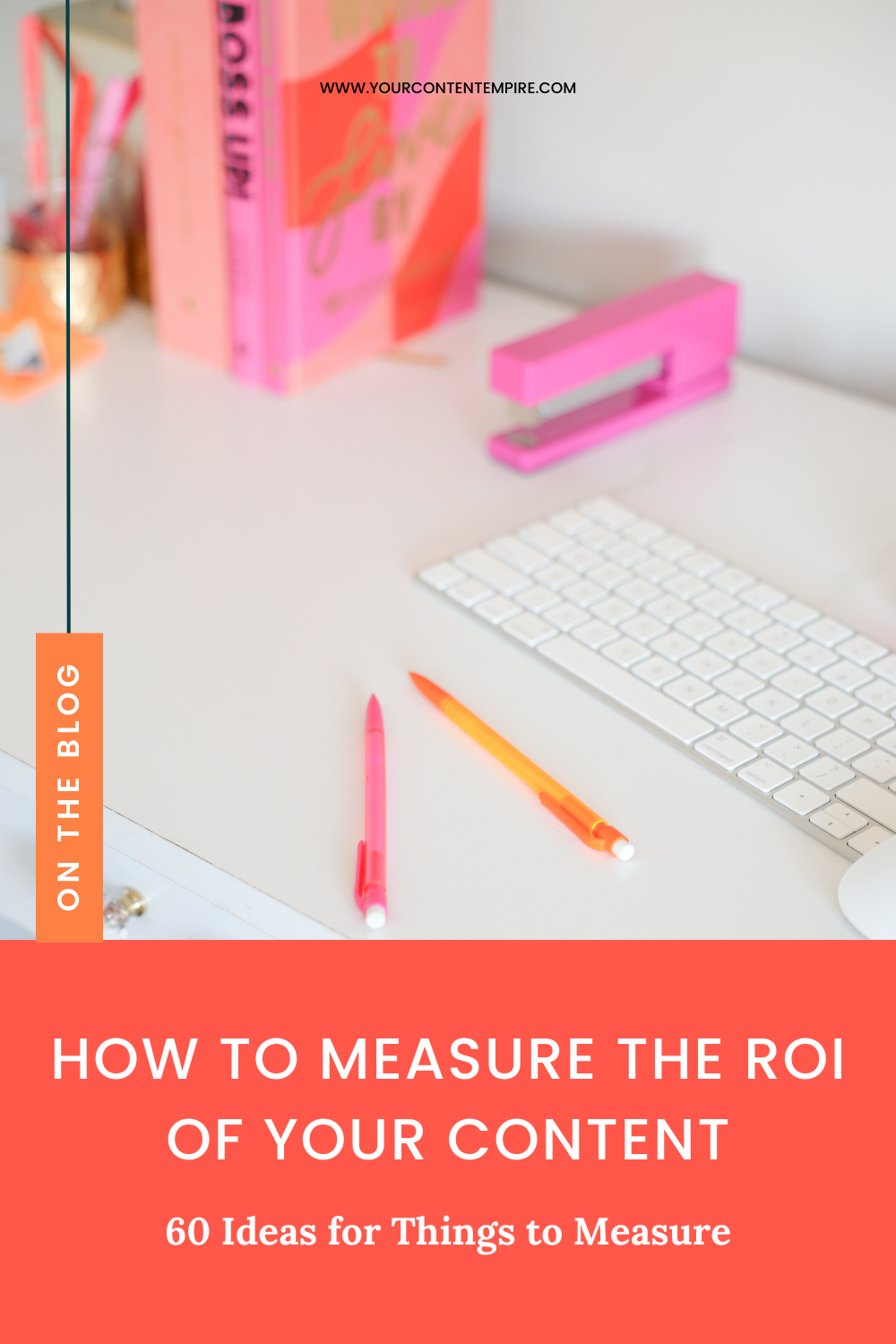Do you sometimes find yourself wondering if there’s anyone on the other end of your blog reading and using what you’ve put together? Or sometimes feel like asking, Ahem, is this thing even on? This post will teach you a simple strategy for how to write blog posts people will actually read.
It can be tempting to feel like quitting when you aren’t getting the response you wanted or sometimes any response at all. The problem usually comes down to one of two things:
- You aren’t effectively promoting your content after hitting publish
It isn’t your potential readers job to find you – you have to find them. If this is your situation, you should know that there’s a ton of people who would adore what you’re writing and find it super useful…if only they knew you existed.
- You aren’t currently creating content that they’re interested in reading
The harsh reality is that it’s competitive out there amongst blogs and until you build loyalty with your audience (through consistent, high-quality content), your readers will be fickle. When you create something they really love, they’ll be all over it. But when your content is whompwhomp, they’ll move on to stuff that’s more interesting to them.
All bloggers can improve (or consistently revisit) the alignment between what their audience wants to read and their editorial calendar. One of the first steps to doing this is to gain an understanding of who is reading your blog (there’s more than just one type!), why they’re reading it and to gain an understanding of their biggest issues and interests.
What is reader segmentation & why it’s helps you write blog posts people want to read:
You shouldn’t be treating every reader of your blog the same way. By nurturing each reader by where they fall in your reader categories, you’ll be able to better reach your content goals and serve your potential customers better. It doesn’t take a lot of time – just some initial planning. The infamous Pareto principle: 80% of your results come from 20% of your efforts – this exercise is one of those 20% efforts that will pay off big in the short and long-term The goal of this exercise is to know your audience segments and provide the content they’re looking for Some common audiences:
- Potential Customers
- Industry Peers
- DIY’ers
Since you’re a business you’ll want to focus your efforts on those potential customers while also providing some goodies for the other groups. A lot of your content will serve more than one segment which is great – but you should almost always be planning your content calendar and writing with your primary segment and content goals in mind.
Any business blog (or any blog for that matter) has different types of readers – there are the potential customers, there are the DIY’ers who are looking for info so they can do for themselves, there are the industry peers, there are past customers, there are family members who just read so they can brag about you to their friends (Hi Mom!)
You can even break down the potential customers into other groups – think about the different types of people who will be buying your packages, products or services
- Do you have different offerings that cater to different customers? If so, these groups should be considered separate audience segments
- Are there people who buy your offerings for different purposes?
The peripheral groups can still go on your chart but they shouldn’t be your primary audience (especially if you’re a business) Besides serving as the basis for your content plan, there are also some other huge benefits to doing this exercise
- Will help you come up with new product, package and service ideas
- Will help you write your sales and web copy







